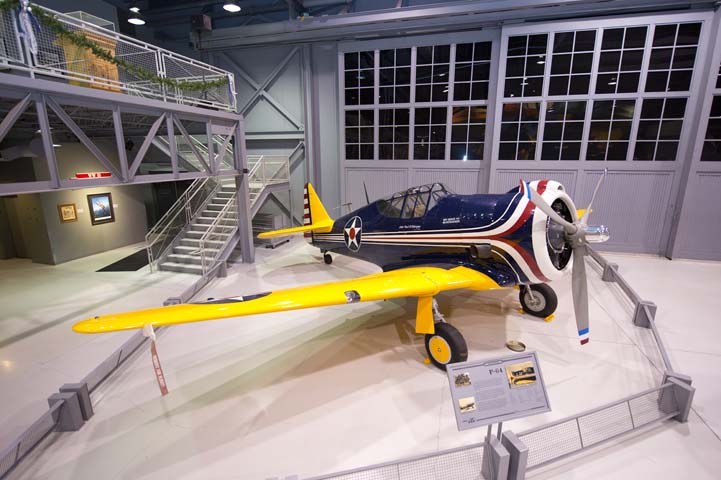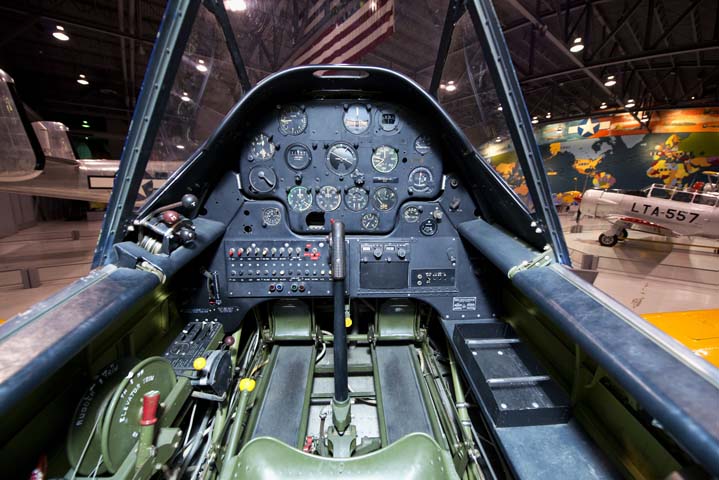- Yes
- No
Hello, since the Thai aviation sub-tree is already implemented, I would like to suggest a unique model of fighter that were very close to enter service with the Royal Thai Air Force. This is the North American NA-68.
(This suggestion is essentially a repost from the old forum.)
The NA-68 with the RTAF markings. Note the 20 mm wing-mounted gun pods and bomb hooks.
The North American NA-68 was an improved version of the North American NA-50. Itself a fighter based on the NA-16 trainer, which would have later evolved into the T-6 Texan. The plane was designed to be a small and affordable fighter for export purposes. The NA-50 was first flown on May 1939 and seven of them were later ordered by Peru and delivered the same year.
The plane was then ordered by Thailand on 30 December 1939 as a part of the modernization plans of the Phibun dictatorship at that time. As per request of the Royal Thai Air Force (RTAF), the plane was modified to mount a 20 mm Hispano-Suiza HS.404 autocannons mounted in a gun pods under the wings. Some other changes including different wing shape, improved cooling system, reinforced landing gear, and modified tail shape.
Comparison between the Peruvian NA-50 (above) and the Thai NA-68 (below). Note the different tail shape.
On 1 September 1940, the NA-68 flew for the first time under the Thai insignia by the North American test pilot Lewis Waite. The plane was found to be quite slower than the previous NA-50 variant, owning to the heavier armament. Nevertheless the plane was deemed satisfactory enough for the RTAF, and six of the NA-68 was ordered alongsides ten NA-69 (a ground attacker also based on the T-6 Texan).


Comparison between the NA-50 (above) and the NA-68/P-64(below)
Before the plane was delivered, however. Thailand has entered the Franco-Thai war on October 1940, which caused the delivery to be delayed. By this time, the Thai government under the Phibun regime has started to align with the Empire of Japan. As the threat of a war over the Pacific looms, the US government ordered the NA-68 to be seized in the same month, and later redesignated the plane as the P-64.
On a side note, several source claimed that the plane was seized at Honolulu during the Attack on Pearl Harbour on 7 December 1941, which is later proved to be false.
As the P-64 has a rather poor characteristic compared to the current US fighter fleet at that time, the plane was disarmed and relegated to a trainer aircraft. Out of six NA-68, only one survived to this day. The sole surviving plane has been restored to flying condition in 2013, and is now on display at the EAA Aviation Museum, Oskhosh, Wisconsin.

The sole surviving P-64 at the EAA Aviation Museum.
In War Thunder, the NA-68 can be compared to Australia’s CAC CA-12 Boomerang. Being a fighter derived from a trainer aircraft. The plane is fairly slow but packed with a heavy punch at its rank. Given its complicated history, I think it can either be added to the US tree due to its origin, or the Japanese tree as a “what if” plane, given that if the NA-68 was delivered, it would most likely fought against Allied planes, as Thailand would have later entered the war on the Axis side in 1941.
Specifications:
General characteristics:
Crew: 1
Length: 27 ft 0 in (8.23 m)
Wingspan: 37 ft 3 in (11.35 m)
Height: 9 ft 0 in (2.74 m)
Wing area: 228 sq ft (21.2 m2)
Empty weight: 4,660 lb (2,114 kg)
Gross weight: 5,990 lb (2,717 kg)
Max takeoff weight: 6,800 lb (3,084 kg)
Fuel capacity: 170 US gal (140 imp gal; 640 L)
Powerplant: 1 × Wright R-1820-77 nine-cylinder air-cooled radial engine, 870 hp (650 kW)
Flight performances:
Maximum speed: 270 mph (430 km/h, 230 kn) at 8,700 ft (2,700 m)
Cruise speed: 235 mph (378 km/h, 204 kn)
Range: 630 mi (1,010 km, 550 nmi)
Service ceiling: 27,500 ft (8,400 m)
Armaments:
Guns: 2 × .30 in (7.62 mm) Browning machine guns, wing-mounted, and 2 × 20 mm Hispano-Suiza HS.404 cannons (Located in pods beneath each wing)
Bombs: 4 × 45 kg bombs, 180 kg total
Sources:
Spoiler
Green, William. War Planes of the Second World War - Fighters (Vol 4). London: MacDonald, 1961.
Angelucci, Bowers; Bowers, Peter (1987). The American Fighter. Sparkford, UK: Haynes Publishing Group. ISBN 0-85429-635-2.
Alain Pelletier, « North American P-64, le chasseur siamois », Le Fana de l’Aviation, no 339, février 1998, p. 24-30. (in French)
Enciclopedia Ilustrada de la Aviación: Vol.11 - pag. 2636, Edit. Delta, Barcelona 1984 ISBN 84-85822-97-8 (in Spanish)
North American P-64 - Wikipedia
North American P-64 - Wikipedia, la enciclopedia libre (in Spanish)
Уголок неба ¦ North American P-64 (in Russian)







